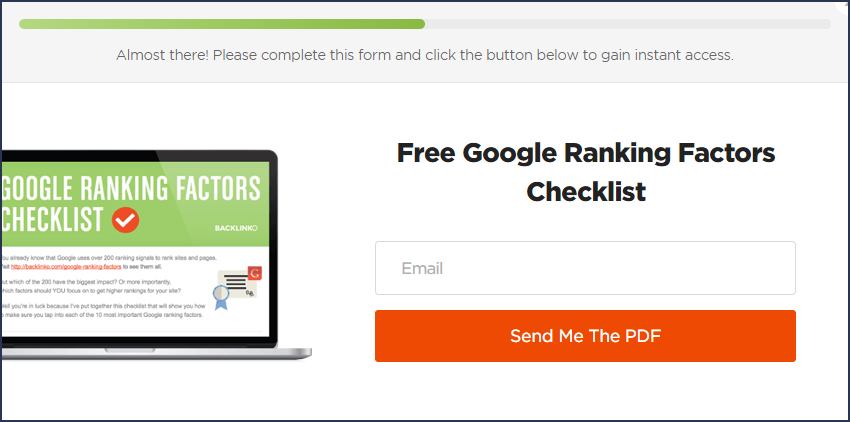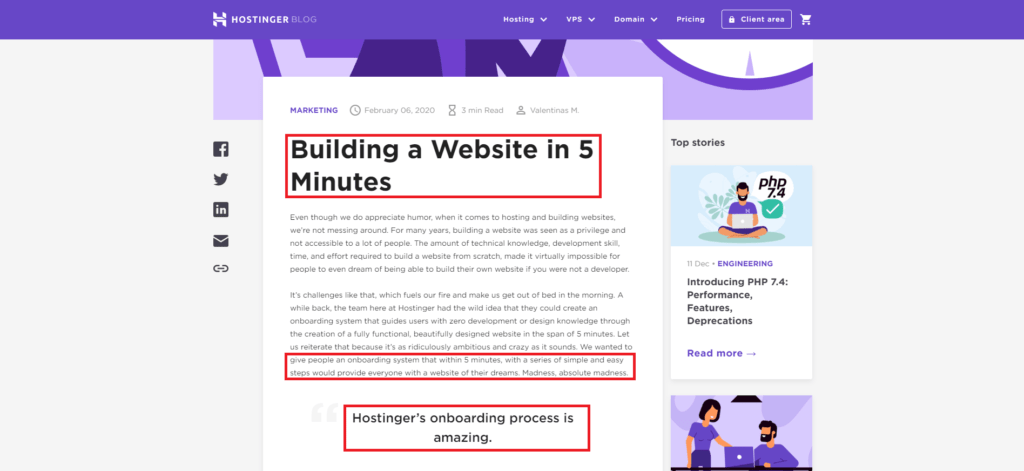Last updated on July 7th, 2024 at 10:49 am
Getting your readers to take action on your blog can be challenging, here are some tips on how to do it right.

This post is a guest submission. Please see our Affiliate Disclosure & Notification for details.
This post may contain affiliate links. We may earn a commission if you purchase an item through our links. It costs you nothing and helps us to fund this blog. Please see our Affiliate Disclosure & Notification for details.
Do you have a blog that generates lots of visitors per month? Do you want to convert your well-earned traffic into sales, emails, and signups? Optimizing your blog posts in the right way can have a big impact on conversions.
Whilst you may find the blog posts you’re creating are interesting, if you don’t really know your target audience is or what they want to achieve, you’re not going to get them to convert.
In this article, we’ll show you some simple ways to optimize your blog posts for conversions.
1. Offer Gated Lead Magnets
A lead magnet is used by marketers to offer something (e.g. an eBook, PDF, video) in return for a readers email address or other contact details. You can offer lead magnets that:
- Extend the article a user is already reading (e.g. ‘get 7 more tips here)
- Is a valuable asset that complements a piece of content (e.g. an online course on the same topic)
- Helps the reader action the content in your post (e.g. a checklist or cheat sheet)
- Offers a free trial of something related to the content (e.g. 30 days of your content marketing tool)
- Are assessments or tests that build on your content (e.g. test your grammar level attached to an article about common grammar mistakes)
- Follows up your content with a fun quiz (e.g. ‘what kind of IT professional’ are you attached to an article about the 8 types of IT professionals in every office)

With gated lead magnets, you’re offering your reader something valuable that complements the free content they’ve already accessed. In their mind, If your free stuff is good, your gated stuff is either as good or better – a powerful motivator to make small concessions like signing up to your newsletter or paying a small fee.
How to create a lead magnet
Creating a lead magnet may be easier than you thought. Lead magnet content doesn’t have to be extensive, it just needs to be as good as or better than your free content, interesting, and valuable. Here are 5 steps you can take to create a successful lead magnet:
- Identify your audience: Learn who your offer is targeting so you can tailor it to their needs
- Value proposition: Once you know who you’re targeting, find out why they’d want to take up your offer
- Format: Decide the format of your lead magnet. One of the most popular and common types is gated blog posts
- Create: Create content that is specific to your users’ problems or needs and is unique and original
- Promote: Promote your lead magnet via your website, homepage and main CTA, or via your blog index page
2. Write articles about your products
Here, you can kill two birds with one stone. Offer useful, targeted content, and plug your product. Use product-related topics to explain how your product works and how it can help solve your users’ problems.

Their blog is full of articles that discuss their product. They’ve thought about what problems their users face and how their content helps solve those problems. For example, they cover topics like how to build a website and, where they explain how to host a domain, they mention their own web hosting service.

Their blog articles detail exactly how you can use their products, with simple step-by-step instructions and links to their products.
3. Practice good internal link structure
In order to practice good internal link structure, you’ll need to have lots of internal pages to link to. Here’s where it really pays to use the topic clusters content marketing tactic, where you create a lot of related content around several key topics you want your business to be known for.
Once you’ve picked your topics, established your target keywords. Select the ones that have a high search volume, e.g. 1000+ monthly traffic. Try to use relevant keywords or semantically related terms in the anchor text that links to each additional article and make sure all links look and feel natural.
Avoid linking to your homepage or contact page, as these are ‘top-level’, meaning they’re already accessible through your page header or menu bar.
4. CTA placement
It’s important to focus on the placement of your CTAs. Why? Because placement could mean the difference between low and high conversions. Most blogs follow a typical layout…

… and each area represents a separate CTA opportunity.
- Floating top-bar CTAs follow the reader down the page and are great for subscribe CTAs and advertising offers
- Sidebar CTAs are most effective when they scroll with the reader and they’re the most common form of CTA
- End of post CTAs can be in the author’s bio or in the article conclusion
- Main-post CTAs cover a range of pop-ups and in-text options, including swipe-ins, pop-up boxes, whole-page hovers and more
Wherever you place your CTA, try not to distract from it with other widgets or ads.
An average blog with 150,000 visitors per month has a conversion rate of around 1.5%. The highest converting CTA placements tend to be accompanied by welcome gates and gated content. Whilst these might annoy your users, they are the most effective use of a CTA, with a conversion rate of around 10-25%.
5. Use social proof
Social proof can create trust in your brand. It’s a way of showing your blog visitors that you’re trustworthy by promoting how consumers feel about you.
Social proof works by playing on our innate crowd mentality. We tend to do things that other people do and avoid things other people avoid. Imagine you’re trying to choose a restaurant. You walk past two that offer what you want. One has no customers and bored staff are sat at the bar playing on their phones. The other is chock-full and has a bit of queue outside. Which one would you choose?
If you’re thinking ‘the busy one’, you’re acting on social proof. You assume that because others avoid one restaurant and queue for the other that this is a reliable signal of the quality on offer. And, nine times out of ten you’d be right.
This powerful psychological process is the reason 63% of American consumers are more likely to purchase a product from a site with product ratings and reviews.
What does this mean for your blog? To generate engagement, encourage your readers to leave comments section or feed reviews from your eCommerce site or Google My Business into the sidebar.
If your blogs have high engagement, display the number of likes, shares and reads at the top of each blog post. This will encourage people to read your post by showing how many people have already found it valuable.
Conclusion
You put a lot of work into creating content for your blog and, let’s be honest, it’s time it started paying up. By optimizing your blog posts for conversions, you can generate more success and turn that success into money.
Georgie is a Content Contributor for UKWebHostReview. She is passionate about sharing her enthusiasm for technology through her content writing work, with a mission to help others learn and understand what makes the digital world so successful.

Subscribe to Our Mailing List
If you found the information in this post helpful, we'd love to have you join our mailing list. We promise we won't spam you, we only send out emails once a month or less.